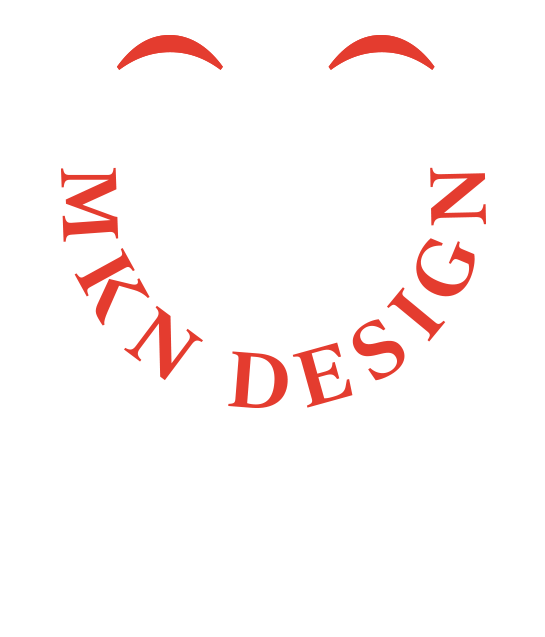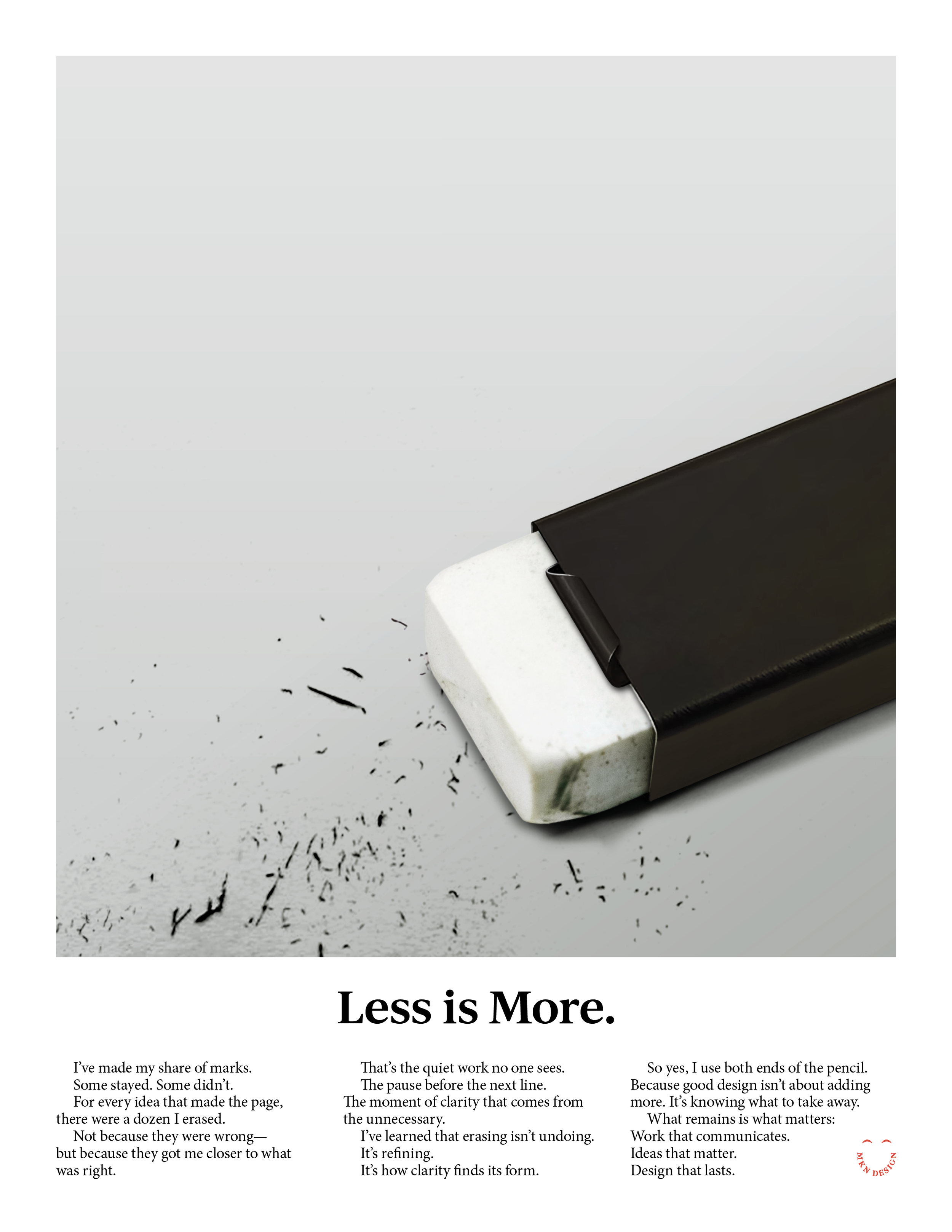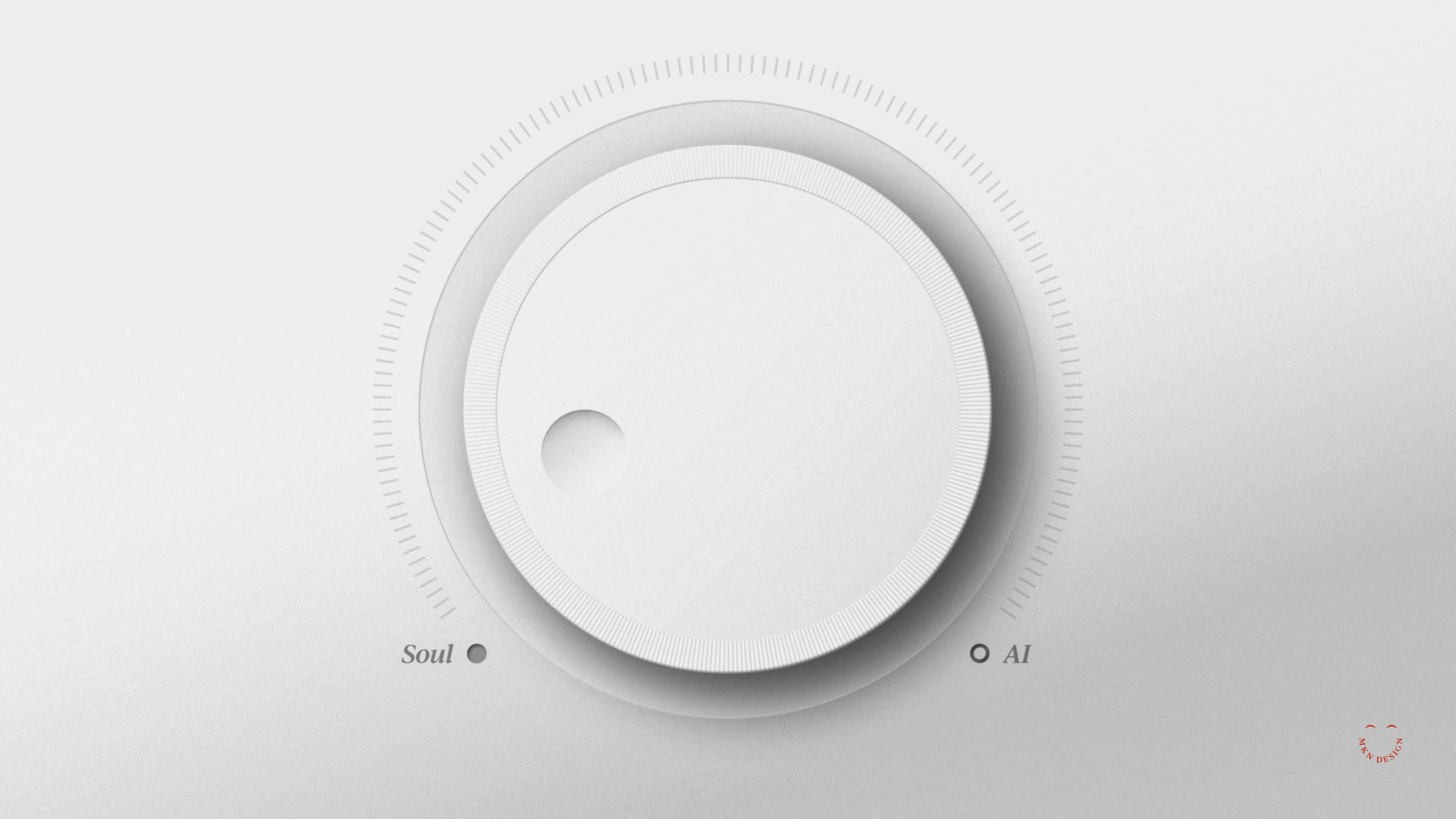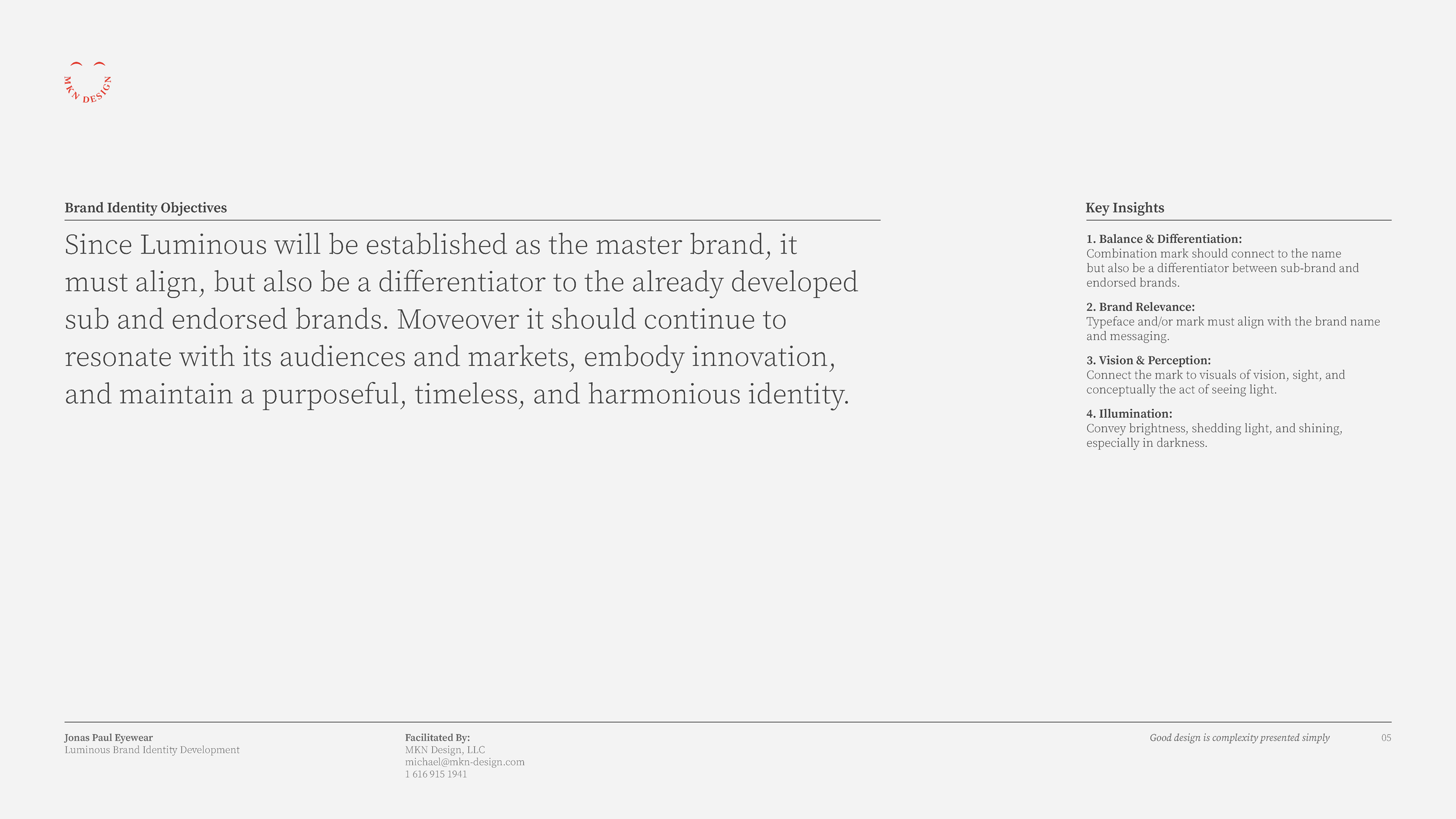Where Imagination Begins
Like many lifelong creatives, Nÿkamp’s journey started with crayons and curiosity. “As a kid, you draw just to draw,” he says. “There’s no right or wrong—just experimentation, just imagination.”
That experimentation continues to shape his approach today. Whether he’s developing creative strategies, designing, illustrating, or crafting brand identities, Nÿkamp depends on the intuitive play developed through years of hands-on, analog experimentation. He even encourages giving kids access to basic, tactile tools – such as paper, pencils, and crayons – not necessarily as a career pathway, but to foster critical thinking.
Nÿkamp consistently underscored this idea: when we allow children to make freely, they learn how to think freely. That flexibility, he believes, will be essential in an AI-driven world.
Tools are not the Threat—Disconnection is
Today, many run around like Chicken Little proclaiming that the sky is falling when discussing AI replacing designers, but Nÿkamp sees it as about relationship, not replacement. He says AI can assist designers – for example, using Photoshop presets for tasks like replacing a background fill or refining language in client materials with ChatGPT – but he knows its limits.
“Because I’m an experienced (and hopefully wiser) designer, I’m showing up with more than just technical skills,” he says. “Those foundational skills still matter in an AI-driven world.”
He perceives the real danger not in the tools themselves but in the temptation to bypass human connection completely. To Nÿkamp, when design turns purely transactional, we forgo not only nuance and empathy but also the chance to create something genuinely meaningful.
A Familiar Model: AI as the new Junior Designer
Nÿkamp reflects on his early experience in the design industry, where he worked under an experienced art director. As a junior designer, his role involved executing ideas from his senior, making quick iterations, and absorbing knowledge through this creation process, which is common within many industries.
Over time, through repeated exposure and practice, he developed the ability to think like a director: strategically, systematically, and empathetically.
“As a junior designer, I had to do a lot of things. I was the hands of the art director,” he says. “And you learn through that process. You hate it—but your own ideas come out through it.”
From this perspective, he sees AI not as a replacement but more as a willing intern or assistant. It can adhere to instructions and produce initial ideas, yet it still needs guidance, judgment, and oversight.
“You still need someone to direct that no matter what,” he emphasized. “Creativity, imagination, and those wow moments where things connect—that’s still ours to do.”
Sensitivity, Strategy, and the Soul of Design
Nÿkamp repeatedly returned to one word: sensitivity. Whether he is interpreting client cues or reflecting on his own emotional experiences, his work is driven by a profound attentiveness to the individuals at the other end of the communication.













































































